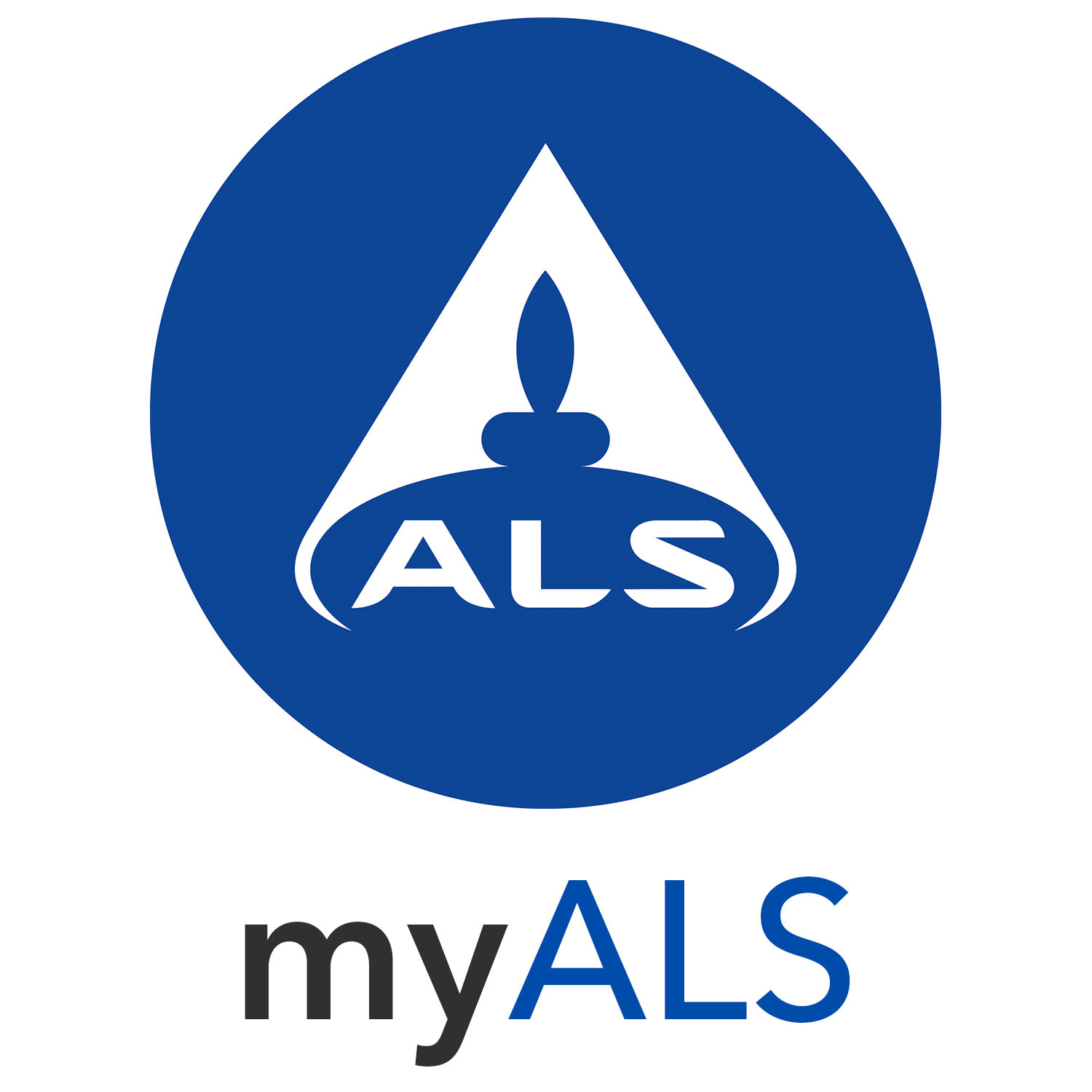Microcystin Analysis Added to ALS Environmental Portfolio
Jun 2, 2014
ALS Environmental have developed, validated and UKAS accredited, ISO 17025:2005, a direct aqueous injection on-line enrichment HPLC-MS/MS method for the determination of Microcystin-LR. It benefits from requiring no sample preparation. The use of this sensitive and selective instrumentation enables ALS to achieve a detection limit (LOD) of 5ng/L for MC-LR in treated and raw water. The range of application for this method is up to 1.250 μg/L.
When testing Public and Private Water supplies there is a potential requirement to analyse your samples for microcystins. Microcystins are a group of naturally occurring toxins produced by cyanobacteria. Cyanobacteria, commonly referred to as blue-green algae, are photosynthetic prokaryotes that occur naturally in surface waters. They contribute significantly to primary production and nutrient cycling. Eutrophic, warm and low turbulent conditions in freshwater bodies typically promote the dominance of cyanobacteria within phytoplankton communities. Excessive proliferation of cyanobacteria leads to blooms that disrupt ecosystems, adversely affect the taste and odour of water, and increase water treatment costs. Blooms of toxic cyanobacteria species in surface drinking water sources and recreational waters threaten human health. Gastrointestinal illness, skin irritation, and death following renal dialysis have been attributed to acute cyanotoxin exposure. Chronic exposure can cause liver damage and may be associated with primary liver cancer. The incidence and severity of cyanobacterial blooms are increasing globally, underscoring the importance of cyanotoxin monitoring.
The most commonly encountered cyanotoxins are the microcystins, a group of hepatotoxic cyclic heptapeptides produced by various genera of cyanobacteria, including Microcystis, Planktothrix, and Anabaena. Microcystins are cyclic heptapeptides. They are composed of five common amino acids and pairs of L-amino acids as variants. The common ones are methyl aspartic acid, alanine, N-methyldehydro-alanine, glutamic acid, and a unique amino acid called Adda (3-amino-9-methoxy-2,6,8-trimethyl-10-phenyldeca-4,6 dienoic acid). The structural differences among the toxins are related to the remaining two L-amino acids. In MC-LR these variable residues are L-arganine and L-leucine.
Microcystin-LR is one of the most prevalent and potent microcystins, it is designated as possibly carcinogenic to humans by the International Agency for Research on Cancer (IARC). The potential risk of chronic exposure to microcystins in drinking water supplies has prompted the World Health Organization (WHO) to issue a provisional guideline of 1 μg/L as the maximum concentration of total microcystin-LR (free plus cell-bound) in drinking water.
David Evans, Principal Scientist at ALS Environmental, who was responsible for the development and validation of our MC-LR methods comments:
“We have developed, validated and UKAS accredited, ISO 17025:2005, a sensitive and selective direct aqueous injection on-line enrichment HPLC-MS/MS method for the determination of Microcystin-LR, that is able to achieve an ultra-trace limit of detection with no requirement for sample preparation”
Click here to download the Microcystin datasheet
For more information on our Microcystin method or to request a quotation please contact us or call 02476 42 12 13 where one of our customer service team will be happy to assit.


